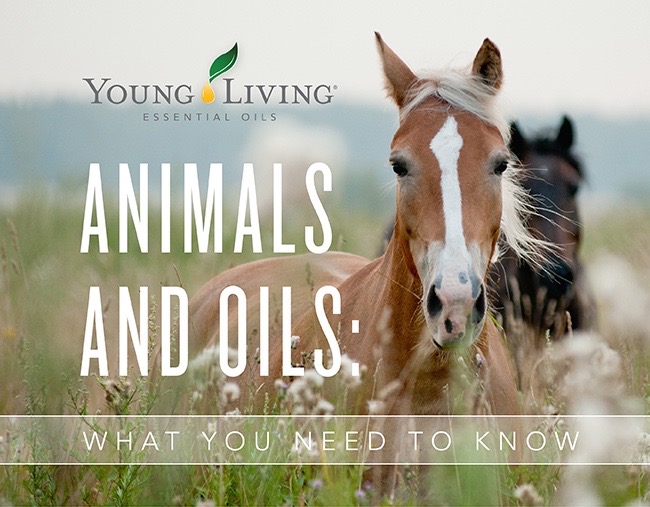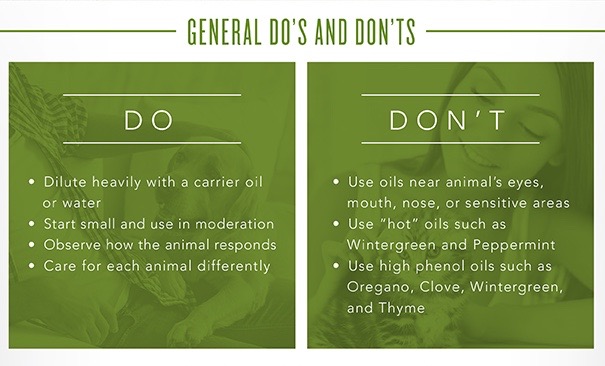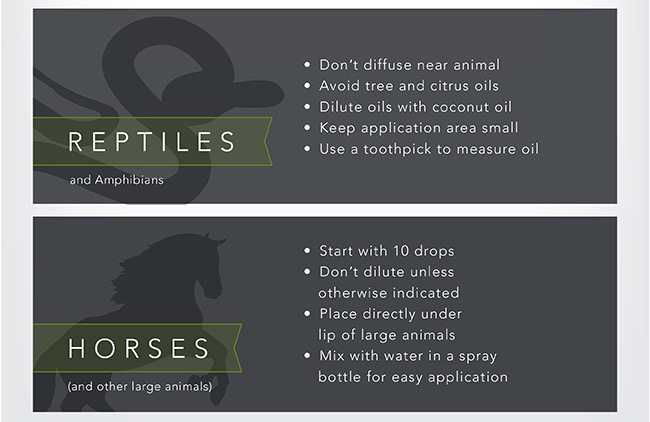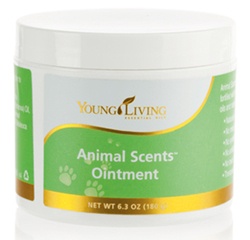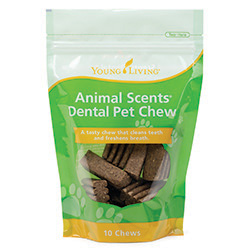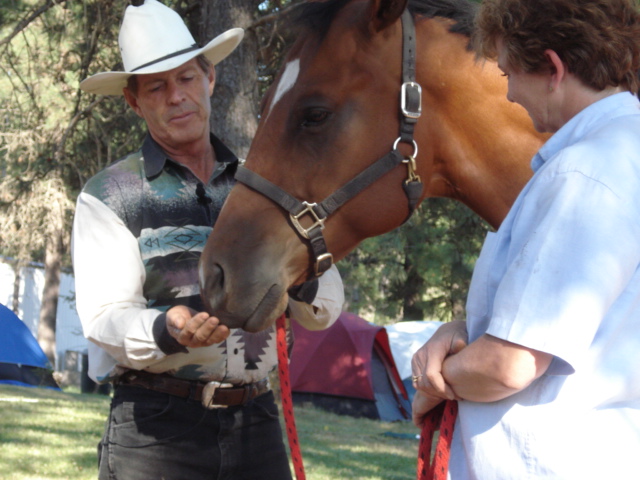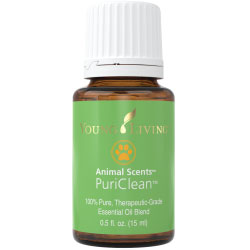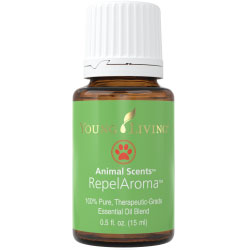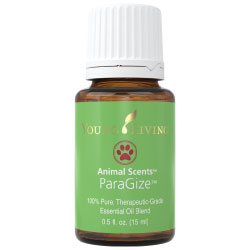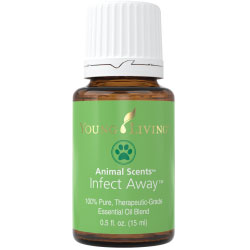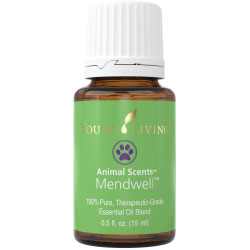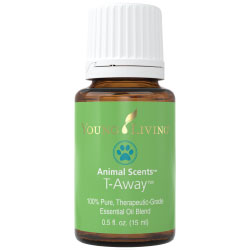Healthy Pets
Our pets are part of the family, so we want to reduce toxins in their environment and products by using natural products to enhance their health and wellness! For example, the active ingredients in many flea and tick solutions include chemicals such as imidacloprid, fipronil, permethrin, methoprene, and pyriproxyfen, all of which have caused serious health problems in animals in laboratories. Even some of the inert ingredients can be hazardous to your pet’s health. In 2008, the Environmental Protection Agency received more than 44,000 complaints of “adverse reactions” ranging from skin irritation to seizures and death, and has since been “pursuing a series of actions to increase the safety of spot-on pesticide products for flea and tick control for cats and dogs.”
Young Living Therapeutic grade essential oils are safe because of the Seed to Seal Guarantee, so you don’t have to worry about unknown synthetics or toxins for your fury friends. For example, we have safely used the following essential oils on our dogs instead of toxic flea and tick products: citronella, cedarwood, and the Purification blend of citronella, rosemary, lemongrass, Tea Tree, lavendin, and myrtle.
General Safety Guidelines for Animals
1) Dilution needed: Keep in mind how concentrated the essential oils are and that a little goes a long way. A larger animal like a horse could handle similar doses as humans, but obviously for a cat or small dog, the amount needs to be much much less. Additionally, just like with our use, we want to dilute the “hot” or irritating oils like Oregano. Cats in particular do not have a certain enzyme to break down the essential oils, so it is vital that you use very little essential oil and that it’s diluted. Dilute with Young Living’s V6 oil, or a high quality olive or coconut oil.
2) Start Slow: think about as how the sense of smell for dogs is much more intense than ours so you want to avoid an aversion due to the high concentration. So just crack the bottle open while still across the room and let the animal come to you. Don’t start by waving the bottle under their nose or applying to their head or pads of paws. Animals detox through their pads, so that’s not the place to start...eventually applying on the pads will be ok. Think of being pro-active not just reactive. Besides the overall proactive health benefits, the oils will have already been introduced for when first aid is needed.
3) Watch your animal for signs of discomfort...each animal is different, so again, start with a small amount, slowly introduce, and dilute. Remember that if they are uncomfortable and you want to further dilute it, then use V6, olive oil, or coconut oil...don’t use water (water just spreads it around more).
Methods of Application
Indirect - apply the essential oil to something that they like and let them approach it, for example, a toy, a perch, your pant legs. It acts as kind of a diffuser.
Diffuser - diffuse in an area when and where the animal can choose to be near it or retreat from it.
Topically - different amounts for different animals (size and species) and ONLY animals that love the oils already. Dilute with all natural carrier such as Animal Scents Ointment. Utilize the Animal Scents Shampoo that already contains calming and skin supportive essential oils.
Petting - apply a drop to your hands while still across the room and then wait for the essential oil to soak into your hands completely; no residue, but you will still be able to smell it. Then go and pet your animal. No need to part the hair or fur, the essential oils will quickly move down the to the follicle and into the animals system.
Water Misting - use a 4oz glass mist bottle with 4-6 drops of essential oils. Then you only need a mist or two along their back.
Oil Mist - similar to water misting but using V6 or olive oil as the dilution.
Internal - dip a tooth pic into essential oil, then swirl that in a bowl of water. Peppermint, Thieves, Frankincense are favorites. Thieves is good for cleaning their teeth and gums. A horse or large dog can take a drop by pulling their lip down. You can always try a capsule if your animal doesn’t mind you poking it down their throat! Young Living also has Dental Pet Chews that promotes oral health and contains essential oils and NO artificial flavors or colors. Or make your own Peppermint Dog Biscuits!
Young Living Animal Scents Essential Oil Blends
The Animal Scents product line is designed to support the well- being of a wide variety of animals. There are six essential oil blends that address the most common conditions of animals. We’ve listed the essential oils included in the blends so you can either utilize those that you have on hand as well as sometimes these blends are seasonal or out of stock.
A portion of all proceeds from Animal Scents products goes to support Vital Ground, a nonprofit organization dedicated to protecting the habitat of grizzly bears and other wide-roaming wildlife.
PuriClean: Cleanses and refreshes the skin (Patchouli, Lavender, Mountain Savory, Palo santo, Cistus, Citronella, Lemongrass, Rosemary, Tea tree, Lavandin, Myrtle)
Infect Away: Supports a healthy skin barrier (Myrrh, Patchouli, Dorado Azul, Palo Santo, Ocotea)
Mendwell: Supports healthy skin repair (Geranium, Lavender, Hyssop, Myrrh, Frankincense, Hinkoki)
ParaGize: Helps promote healthy digestion (Ginger, Anise, Peppermint, Cumin, Spearmint, Rosemary, Juniper, Fennel, Lemongrass, Patchouli)
RepelAroma: Helps animals enjoy the outdoors without annoyance (Citronella, Idaho tansy, Palo santo)
T-Away: Helps animals cope with emotional blocks and supports a new level of emotional freedom and joy (Tangerine, Lavender, Royal Hawaiian sandalwood, German chamomile, Frankincense, Valerian, Ylang ylang, Black spruce, Geranium, Davana, Orange, Angelica, Rue, Helichrysum, Hyssop, Spanish sage, Patchouli, Coriander, Blue tansy, Bergamot, Rose, Lemon, Jasmine, Roman chamomile, Palmarosa)

